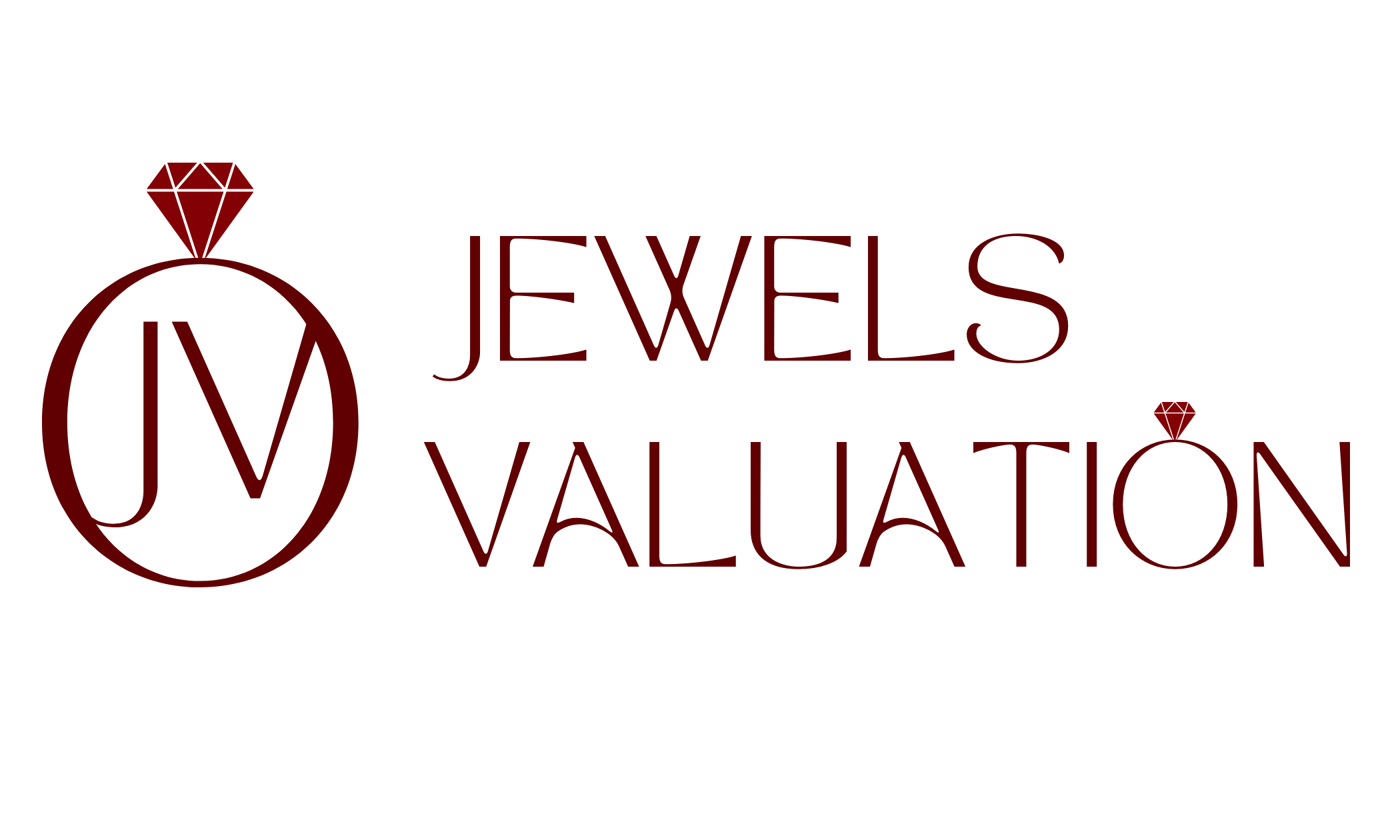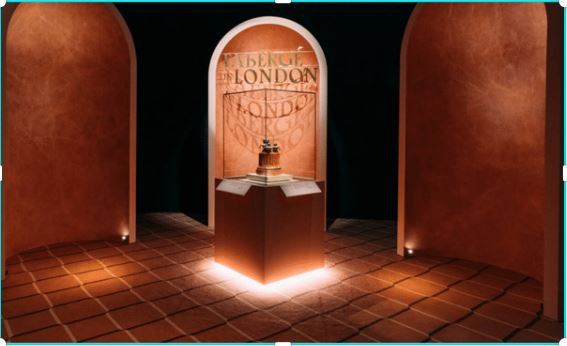Finally, after what felt like an eternity, I visited the Fabergé exhibition with my friend Kara.
Unfortunately, I couldn’t take any pictures but trust me: It’s amazing! If you haven’t already booked a visit it’s time to do it. You can buy the tickets on the V&A museum website https://www.vam.ac.uk/exhibitions/faberge
Definitely not one to miss!
Victoria&Albert Museum-London
The Fabergé Exhibition
The exhibition focuses on the Fabergé company outside Russia with the opening of the shop in London in 1903. Sadly, the shop closed in 1917, with the Russian Revolution forcing its closure.
Why London and not Paris? This decision was influenced by his relationship with British Royalty. Alexandra Feodorovna, the wife of Czar Nicolas II, was the granddaughter of Queen Victoria and, during her life, bought precious jewels and gifts for the British Royalties. She continuously sent pieces to London creating a hoard of admirers; Royalty, aristocrats, American heiresses, exiled Russian Grand Dukes, Maharajas, financiers with newly-made fortunes, and socialites alike were delighted to have a company of this quality on their doorstep in London.
Although we associate Fabergé with its Imperial eggs, there is much more to this company than its signature piece. Fabergé’s company produced thousands and thousands of different trinkets; from brooches to charms, from figures to boxes, and from vanity cases to tiaras. In the exhibition you view different examples of these, all of them produced with incredible attention to detail. Fabergé loved semiprecious stones with which he created small objects like animals and characters typical of the period. One example, present in the Fabergé Exhibition, that I love is John Bull, the personification of England.
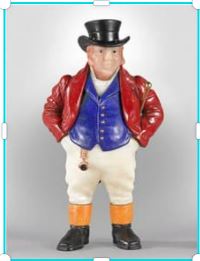
Made in St Petersburg in 1908, and bought by Emperor Nicholas II in St Petersburg on 12 April 1908, it comprises purpurine, lapis lazuli, colored jaspers, quartz, chalcedony, gold, and sapphire. At the moment it is part of a private collection but is on loan to the exhibition for a short period for your viewing pleasure. The stones came from the Urals region, an area extremely rich in gemstones, precious and semiprecious stones.
Designers, cutters, and jewelers collaborated intensively to create timeless pieces which speak of these industrious relationships and produced pieces that remain classic well beyond their era.
Faberge was not only an artist, he was a businessman who was able to create a company that had over 500 employees and collaborators. The production was completely outsourced to workshops who had a contract of exclusivity with him. Fabergé was so intent in the pursuit of his creative dreams that he had a green garden on the roof of his building, in Moscow, where designers and jewelers could go and study flowers and plants; nothing was left to the chance. For example, the Dandelion in a vase’ Saint Petersburg, 1914-1917 is made in Gold, silver, rose-cut diamonds, nephrite, dandelion seed tufts and crystal took my breath away and is a testament to this attention to detail. You can see visiting the Faberge’ exhibition!
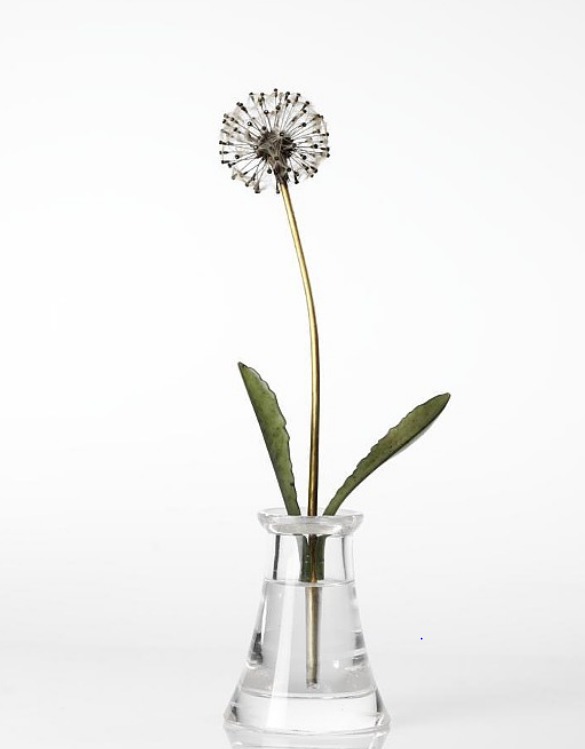
The room of the Fabergé Eggs
The room exhibiting the eggs left us speechless. The result of deep research from both the stylistic and technical points of view, they have stood the test of time in terms of form and beauty. Being amongst such precious eggs is akin to being in a palace with the Russian royal family.
My favorite egg is the Winter egg, designed by Alma Phil, and made in her uncle, Albert Holmstrom’s workshop in St Peterburg. The exterior of the egg resembles frost and ice crystals formed on clear glass. It is studded with 1,660 diamonds and is made from quartz, platinum, and orthoclase. The miniature surprise flower basket is studded with 1,378 diamonds and is made from platinum and gold, while the wood anemones are made of white quartz and the leaves are made of demantoid; the flowers lie in gold moss.
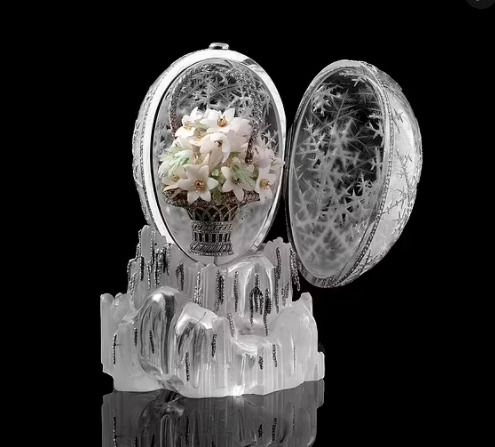
As all exhibitions do, mine ended in the souvenir shop. Happily, this was the bookshop of the V&A where I bought the book “Fabergé-Romance to Revolution” edited by Kieran Mccarthy & Hanne Faurby!
I can add another book to my collection that I use, continuously, for my Valuation!
